7 must-see places in Vietnam northern province along China border
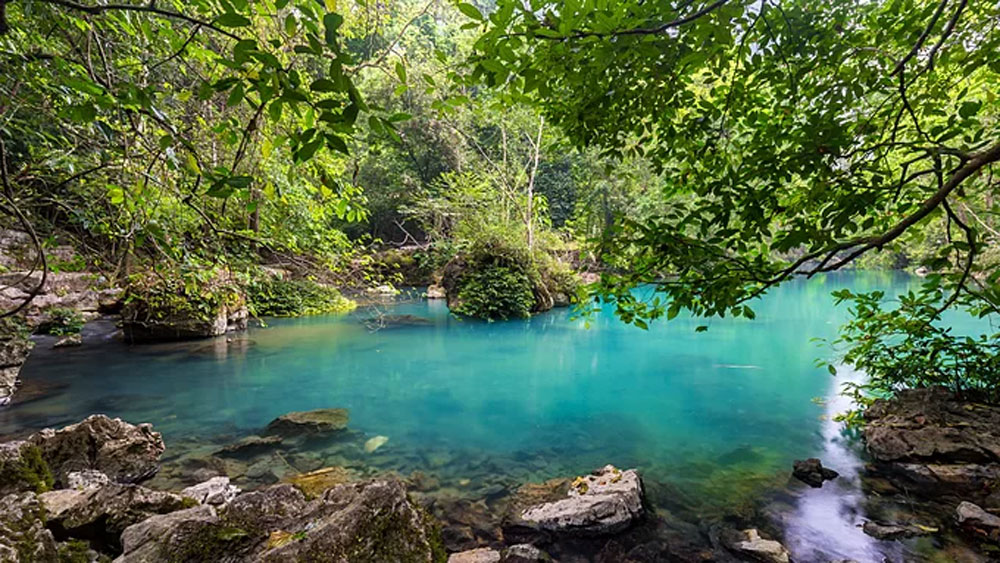 |
|
Pac Bo Cave (also known as Coc Bo) is named after a small village in Cao Bang Province that served as Uncle Ho's (President Ho Chi Minh) residence in the winter of 1941 following his return after 30 years in exile. It has become a popular tourist attraction with the Ho Chi Minh Shrine, Lenin Creek and Karl Marx Peak. |
 |
|
Non Nuoc Cao Bang, founded in 2015, covers 3,000 square kilometers. Its collection of fossil, sediment, volcanic rocks and karst landscape is believed to illustrate 500 million years of the earth’s history. Once a remote and lesser-known destination on global tourism map, Non Nuoc Cao Bang catapulted to global fame since it was declared a new global geopark by UNESCO last year, making it the second of its kind in the country after Dong Van Plateau in Ha Giang Province. |
 |
|
Ban Gioc, which straddles the border 30 kilometers from the central market of Cao Bang's Trung Khanh District, is the largest waterfall in Southeast Asia and the world’s fourth largest along a national border after Iguazu, Victoria and Niagara. The waterfall is 53 meters high and 300 meters wide and has three levels of smaller waterfalls. |
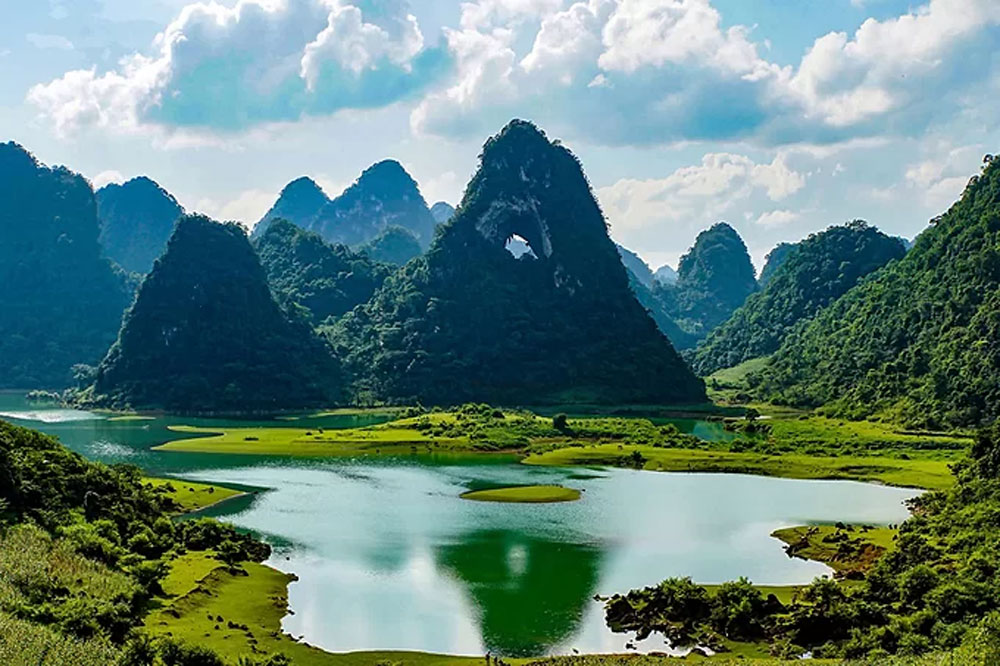 |
|
Thang Hen is 30 km north of Cao Bang Town, but since the road to get there is twisting, it can take around an hour to get there. The Thang Hen Lake is made up of 36 smaller lakes that are all connected through caves and underground passageways. During the dry season the water level drops, showing the 36 distinct lakes. The best time to visit is the monsoon season (from May to October) when the water level rises and links all of them into one big lake 3 km long and 1 km wide. |
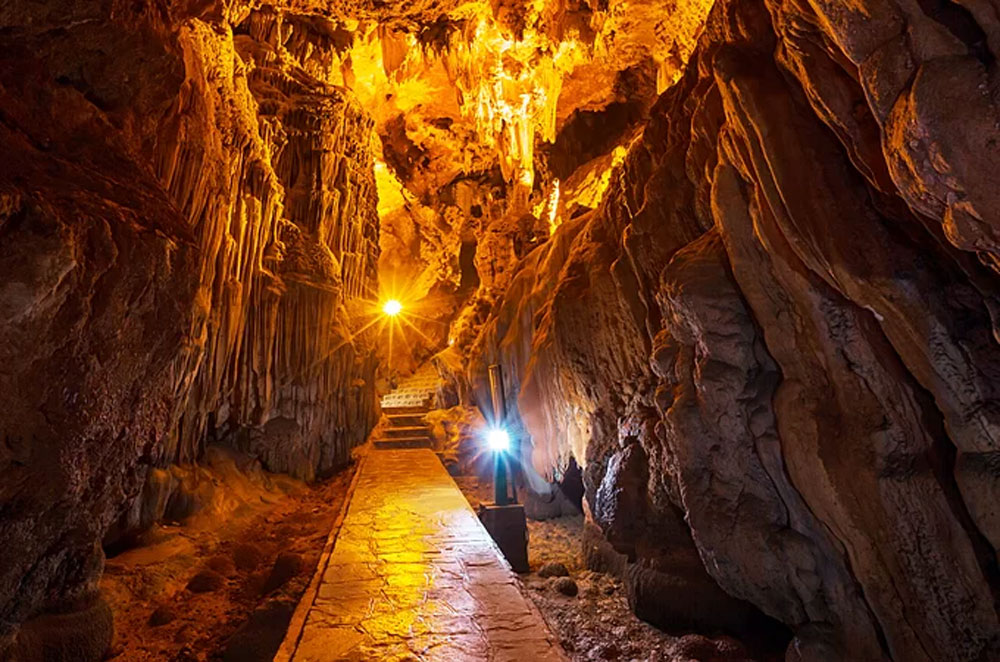 |
|
Three kilometers from the Ban Gioc Waterfall lies Nguom Ngao, a stunning cave with stalactites in various shapes and sizes. Created by an underground river, it runs several kilometers underground where villagers sheltered during the country's 1979 border war with China. It takes around one hour to walk through Nguom Ngao. Locals discovered the cave in 1921, but it was not opened to tourists until 2006 when paths were built for visitors to walk inside the cave. |
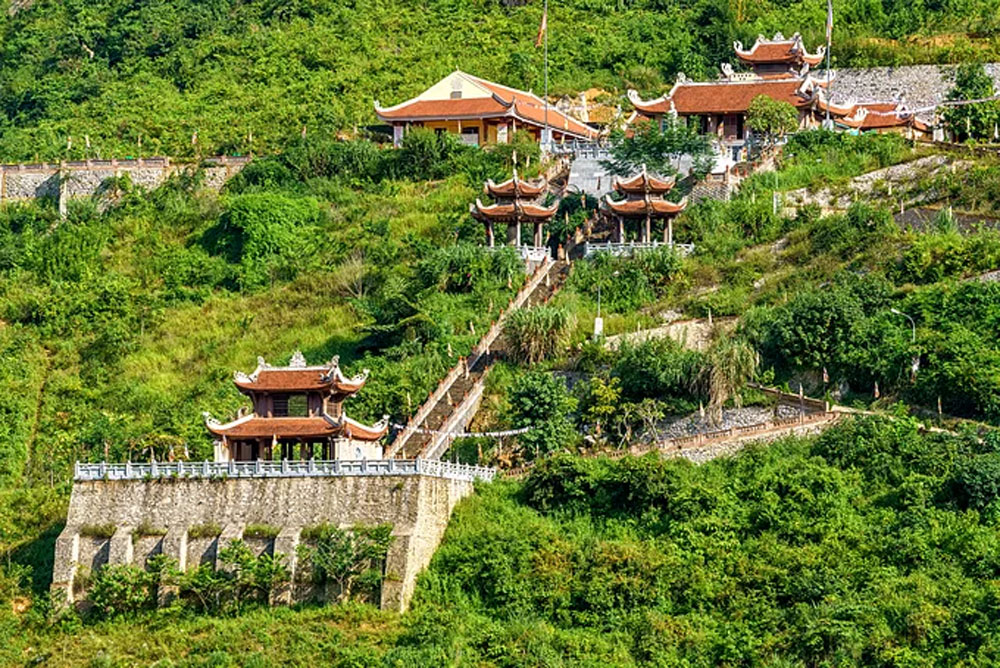 |
|
Phat Tich Truc Lam Ban Gioc was the first pagoda to be built in the country’s northern frontier on Phia Nhu Mountain, around 500 meters from Ban Gioc Waterfall. From the pagoda, you can see the entire waterfall and the golden rice terraces below. |
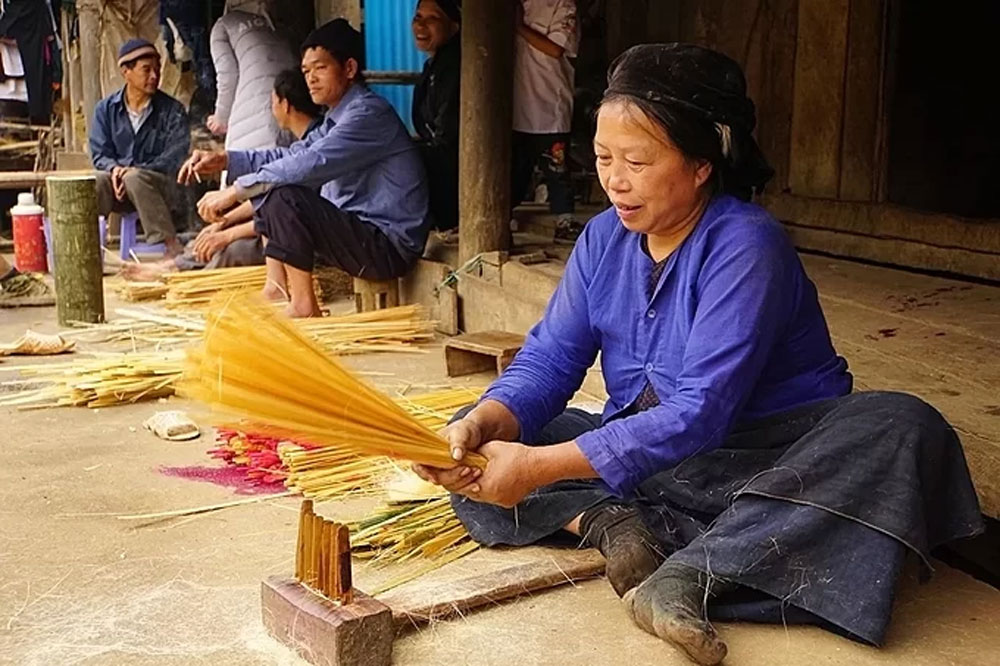 |
|
The incense making craft of the Nung ethnic minority people in Phia Thap Village, Quang Uyen District has a long history. Though no one knows for sure who began this, incense making has been passed down from generation to generation, and has become a main source of livelihood for the villagers. |
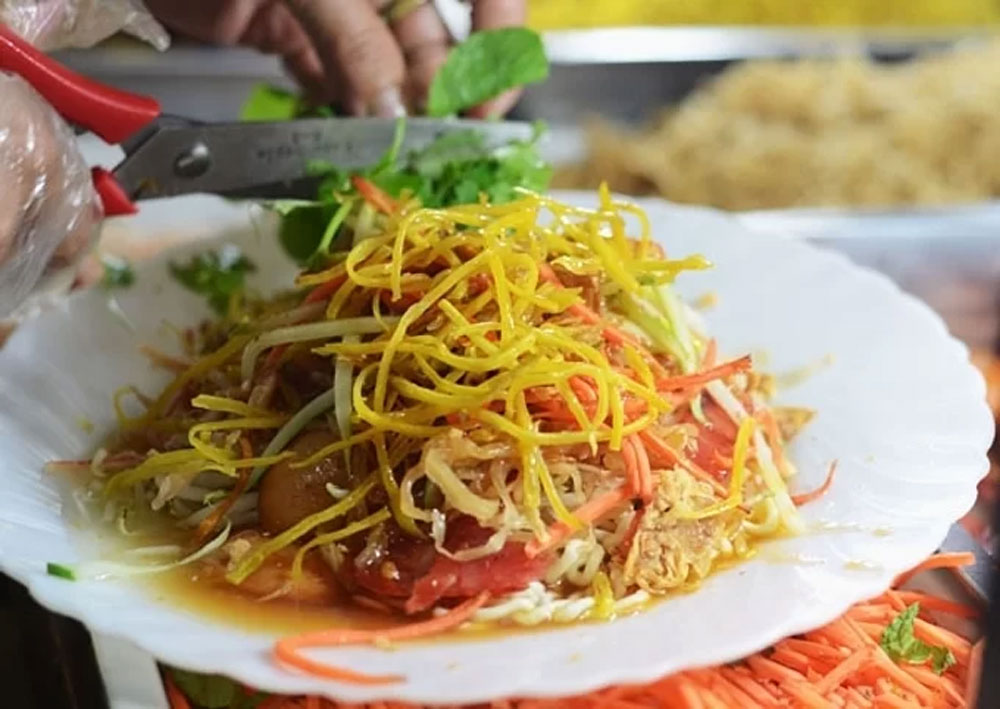 |
|
Steamed rice rolls are another treat in Cao Bang. Unlike the soft rolls that are served with sweet fish sauce elsewhere in Vietnam, these rolls are served with soup. |
Source: VnExpress
 Bắc giang
Bắc giang
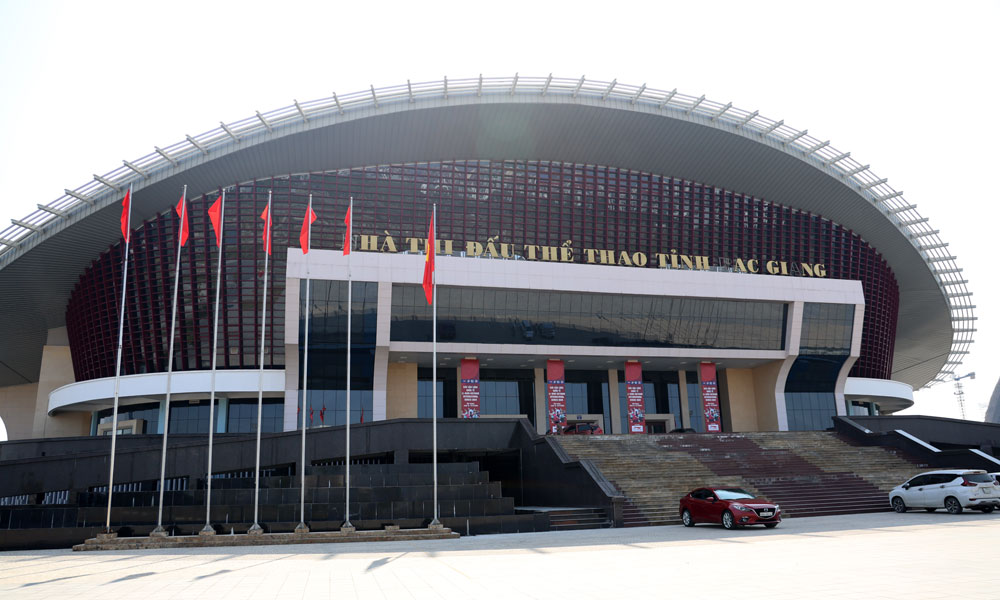
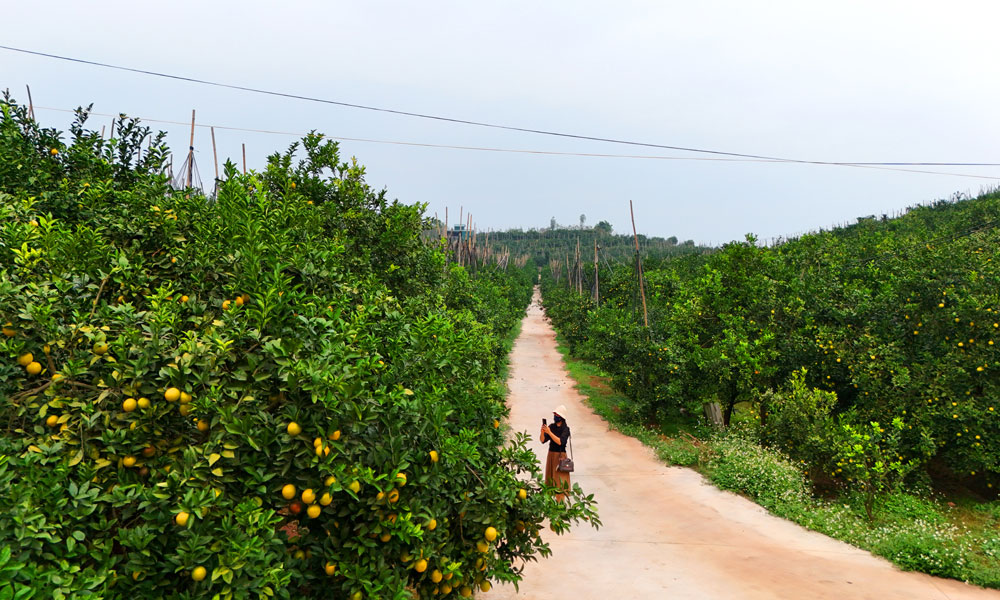
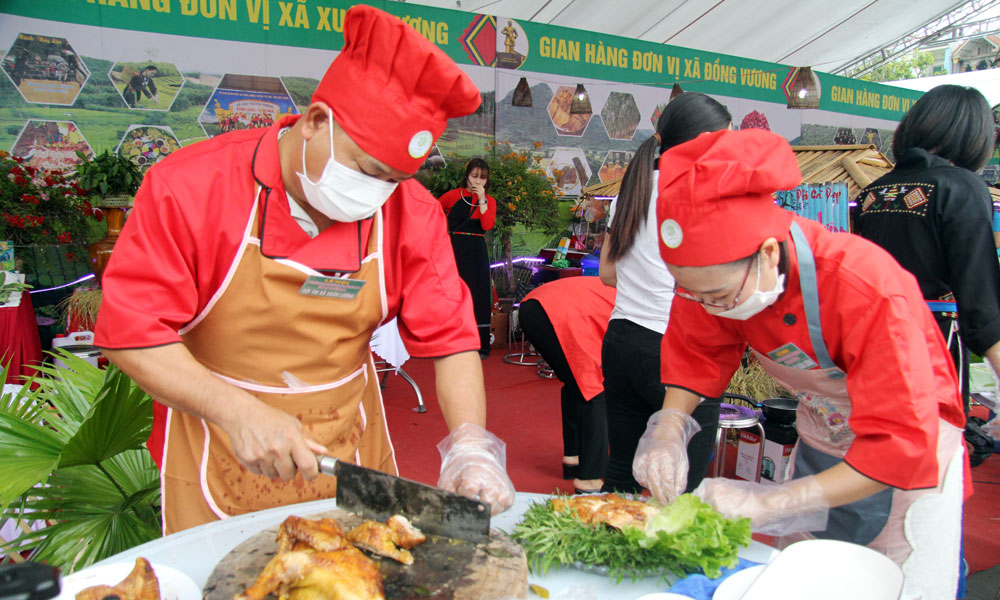


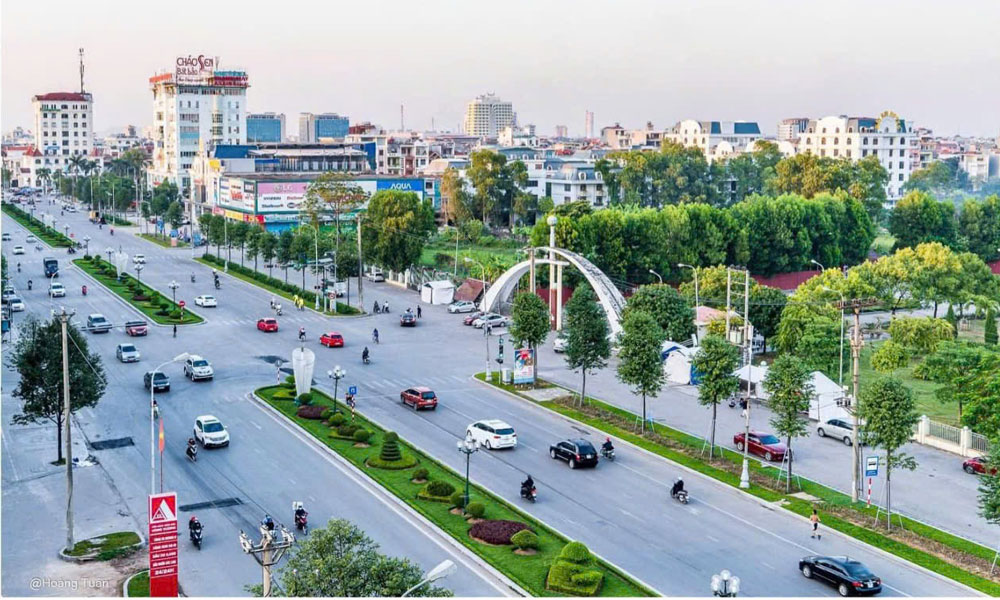




Reader's comments (0)